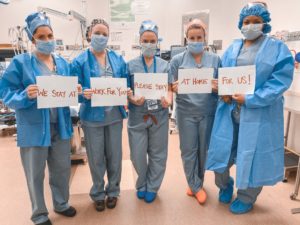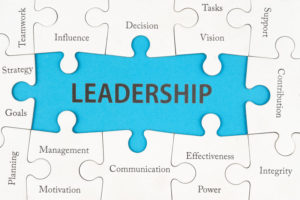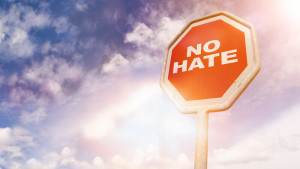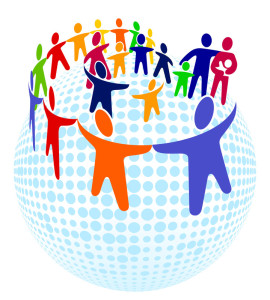This past weekend was the unofficial beginning of summer. After 2+ months of stay at home orders and a few weeks of phased reopening depending on the state you live in, the images of large crowds packed in 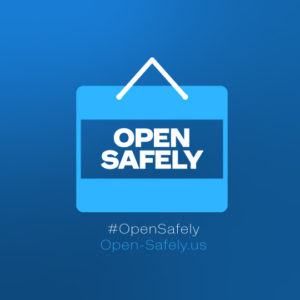 close and without masks at a pool in Missouri, on the boardwalk in New Jersey and at a race track in North Carolina were concerning. As I hope many others chose to do, we stayed home and had a family visit on our patio at a social distance.
close and without masks at a pool in Missouri, on the boardwalk in New Jersey and at a race track in North Carolina were concerning. As I hope many others chose to do, we stayed home and had a family visit on our patio at a social distance.
We are hearing stories of super spreaders from Mother’s Day two weeks ago resulting in upticks of COVID-19 cases in many states. We see stories of a hair salon in Missouri where two stylists who were ill exposed over 140 customers. We see stories of no available ICU beds in Montgomery, Alabama where cases have reportedly doubled since that state reopened two weeks ago.
On Friday, the President ordered churches to reopen and threatened to override governors who refused to do so. Fortunately, many faith leaders acted responsibly and outlined plans for continued online or outdoor services until they are certain that they can safely reopen their doors to congregants.
News reports say the virus is still spreading at epidemic levels in 24 states and is not contained. This pandemic is not over. And it may be a long time before it is. So how do we begin to recover and safely reopen? Continue reading

